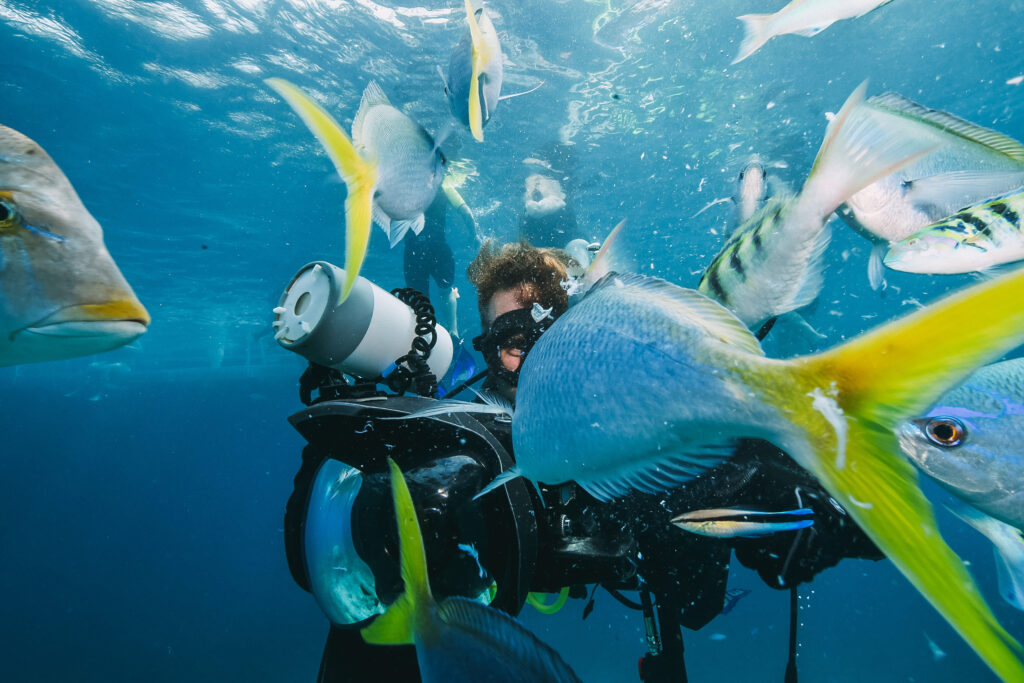What is a A-Clamp Adaptor for Scuba Diving?

Scuba diving is a mesmerizing endeavor that introduces enthusiasts to an enchanting world beneath the water’s surface. The equipment used in scuba diving not only contributes to the safety and comfort of the diver but also enables seamless exploration. One such component is the A-clamp adaptor, which plays an integral role in connecting the diving regulator or filling whip with the diving cylinder. This entry delves into the intriguing world of the A-clamp adaptor, its significance, usage, and relation with the DIN thread connection and the CGA 850 “international” connection cylinder valve.
What is a A-Clamp Fitting in Scuba Diving?

A-Clamp Fittings, also known as yoke fittings, are a critical component of scuba diving gear. They bridge the gap between the regulator – the device that allows divers to breathe underwater – and the air tank, serving as the connecting link in the entire system. This connection is vital for the functionality and safety of the dive, making the A-clamp fitting a fundamental consideration for any diving enthusiast.
What is a A-Clamp Valve?

The A-Clamp Valve, sometimes also referred to as the yoke valve, is an integral part of scuba diving equipment that provides a secure connection between a diving cylinder and a regulator or filling whip. The A-Clamp Valve is built to adhere to the CGA 850 “international” connection standard, ensuring compatibility with a wide range of diving cylinders and regulators across the globe.
What is a Whip?

In the context of scuba diving, a whip refers to a flexible hose or tube used to transfer high-pressure air or other gases from one source to another. Whips are integral to diving operations, facilitating the safe and efficient management of breathing gases. These hoses connect various pieces of diving equipment, such as air tanks, regulators, and buoyancy control devices (BCDs), ensuring divers have a reliable supply of air while underwater. Understanding the role and functionality of whips is crucial for maintaining safety and performance during scuba diving activities.
